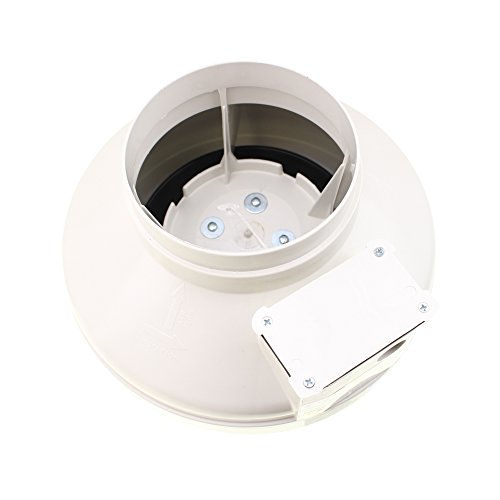Are you planning to add a fan to your passive radon system to reduce radon levels in your home? No worries if you're not sure how to proceed with the process. We've done some research for you, and we'll walk you through it in this post.
Here are the steps for adding a fan to a passive radon system:
- Cut the pipe.
- Connect the bushing to the fan.
- Measure couplings and cut the pipe.
- Set up the fan on the pipe.
Following the procedure outlined above can assist you in adding a fan to your passive radon system and lowering radon levels in your home. Continue reading to learn more about radon systems and what measures to consider.

Adding Fan to Passive Radon System
Activating your passive system can be difficult for someone who has never done it before, so you can hire a contractor to test your radon level, but if you have some carpentry and electrical skills, you can install it on your own. Follow these basic steps:
Step 1: Cut the pipe

The first step: attach the fan using rubber couplings to lay out all the pieces and measure the length of the fan you plan to use. Therefore, you know how long to cut the pipe. After measuring, cut the tube on the upper section.
Step 2: Connect the bushing to the fan
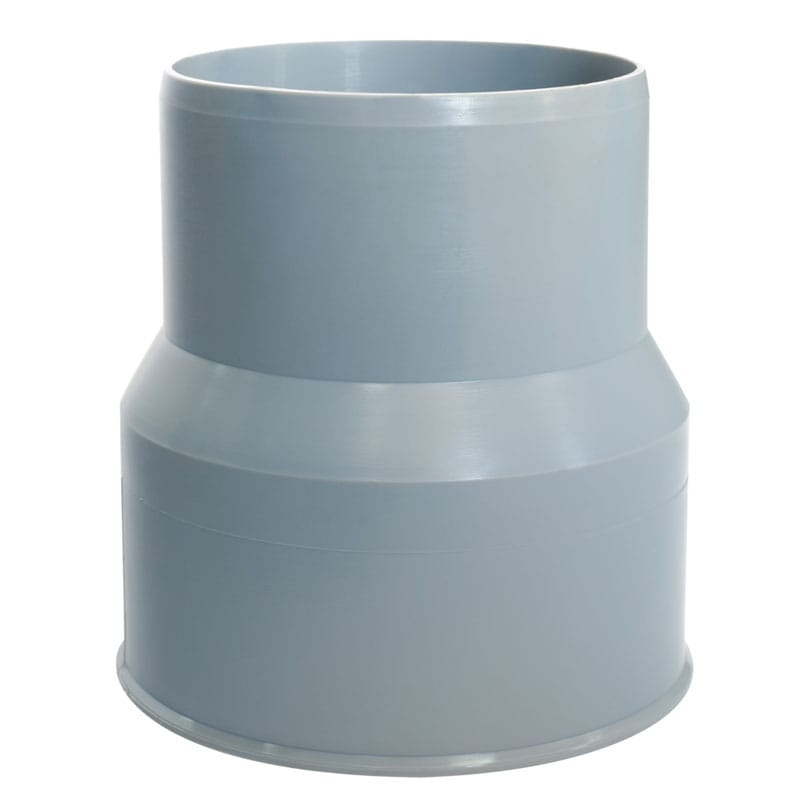
Hold the fan while applying the chemical to keep it from leaking. Then, use a PVC primer and cement to attach the bushing to the fan.
Step 3: Measure couplings and cut the pipe
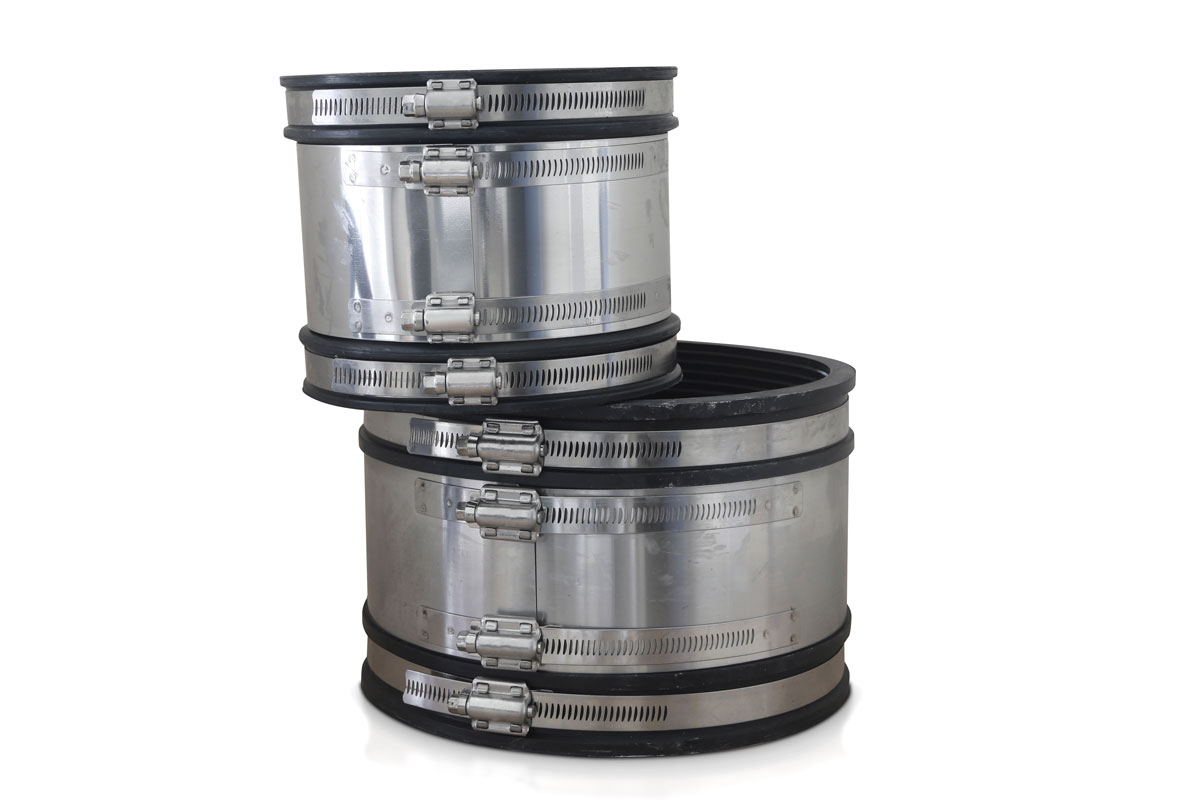
Measure the coupling next to where you'll be cutting the pipe. After cutting, glue it into the bushing. But before installing it, double-check the airflow path to put it right, and then slip the rubber coupling over the tube at the fan.
Step 4: Set up the fan on the pipe
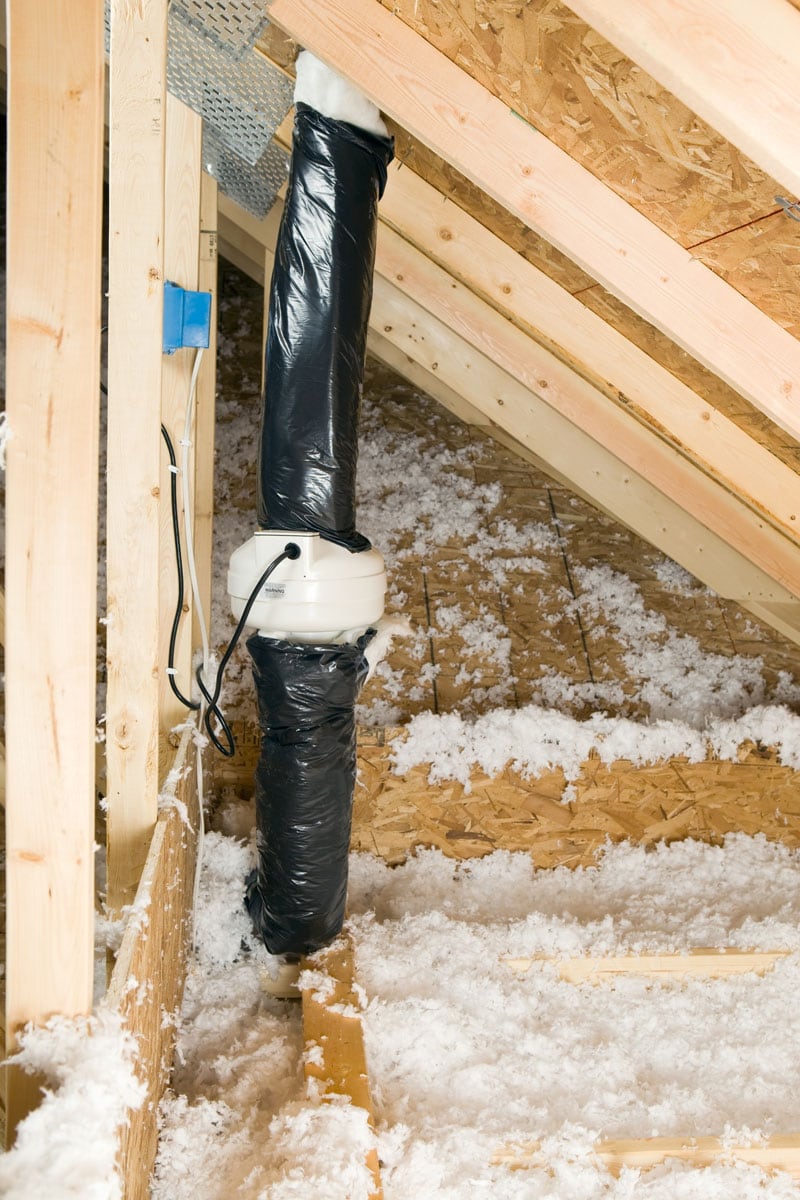
After assembling your fan, put it where the pipe is cut, then lower the couplings over the system and plug it in.
Watch this video for a visual guide on adding a fan to your passive radon system:
Which fans should I use for my passive radon system?
Radon fans aren't all the same, and each has a different application. Choosing a quality radon fan is necessary for your radon mitigation device to reduce radon levels.
Before choosing a fan, check the following:
- The kind of soil under your house
- The size of your house slab
- Type of drain tile or gravel under the slab
- Quantity of turns/elbows in the system
We share a few examples of the model below so you can consider the specifications:
XP/XR Pro series
XP/XR fans are recommended for their compact size, lower pressure, and average flow in permeable sub-slab/membrane material with 4 inches of clean, size 4-6 gravel.
Centrifugal Duct Fan
Click here to see this product on Amazon.
A centrifugal fan is an appliance that uses a fan to move air around. It is safe, energy-efficient, and affordable. The airflow and noise levels are adjustable. It is an excellent choice for both homes and offices. It comes in different sizes and colors.
Radon MitigationFan
Click here to see this product on Amazon.
Radon mitigation fans are devices that help circulate air in a room. You can use them in your basement or in other rooms that do not have good air circulation. They can also help reduce the amount of radon in your house.
RadonAway Exhaust Fan
Click here to see this product on Amazon.
Radon fans are suitable for every situation; these have a 5-year guarantee and come in a variety of types.
Moreover, they effectively minimize radon as the fan operates at the highest capacity from simple radon mitigations to more sophisticated and challenging mitigation strategies.
If you have a large room that needs to be radon-free, you will need a high-quality, powerful radon fan. It will move many cubic feet of air per minute to stop radon and clean the air.
Does a radon system require maintenance?
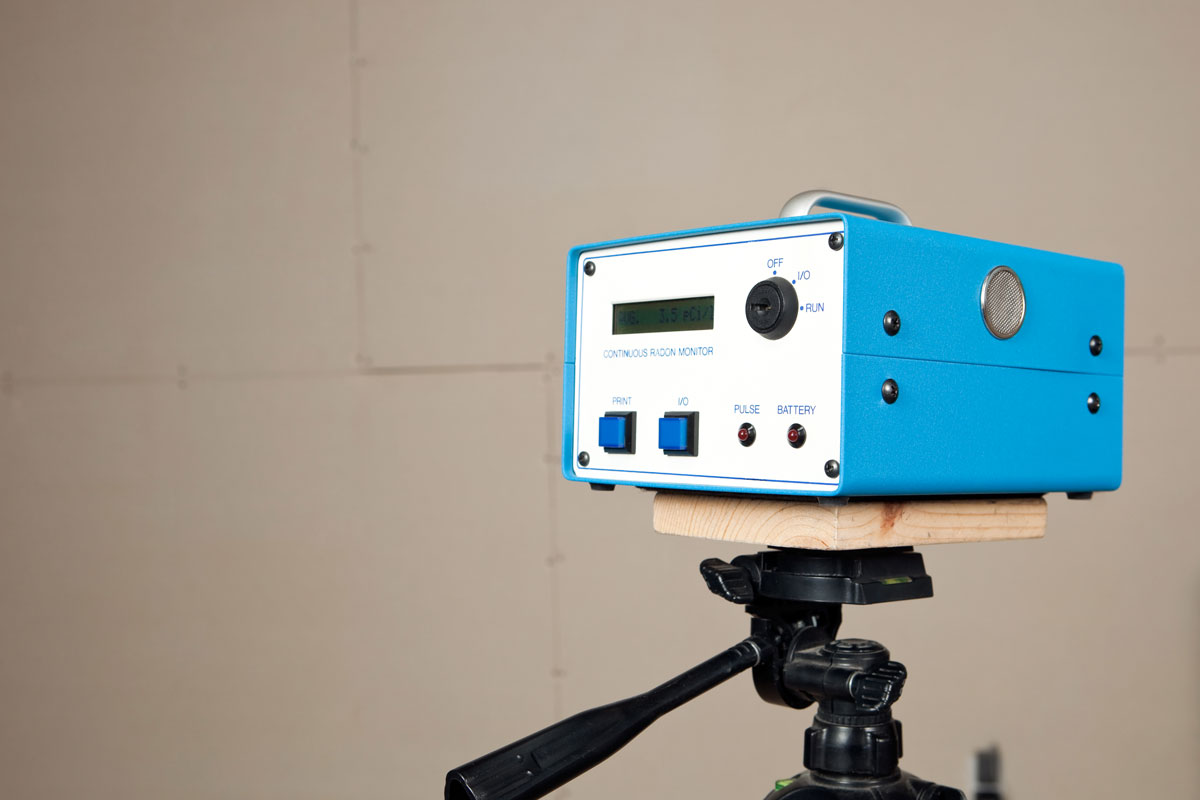
Radon systems are self-sufficient. Regular visual inspections are required to keep your radon machine operational and your radon degree safe. The fan in the radon reduction machine must run continuously, so protection is needed.
Fortunately, radon fans include a five-year warranty consisting of maintenance and replacement. However, a well-established radon system may have a warning tool to warn you if the system fails.
So check your warning tool every 3 months to ensure that your machine is in proper order. The best way to ensure your radon machine is operating is to check your home for radon.
The Environmental Protection Agency (EPA) recommends checking out your home yearly to verify radon levels and if it is working correctly.
How to calculate the operational costs of radon mitigation
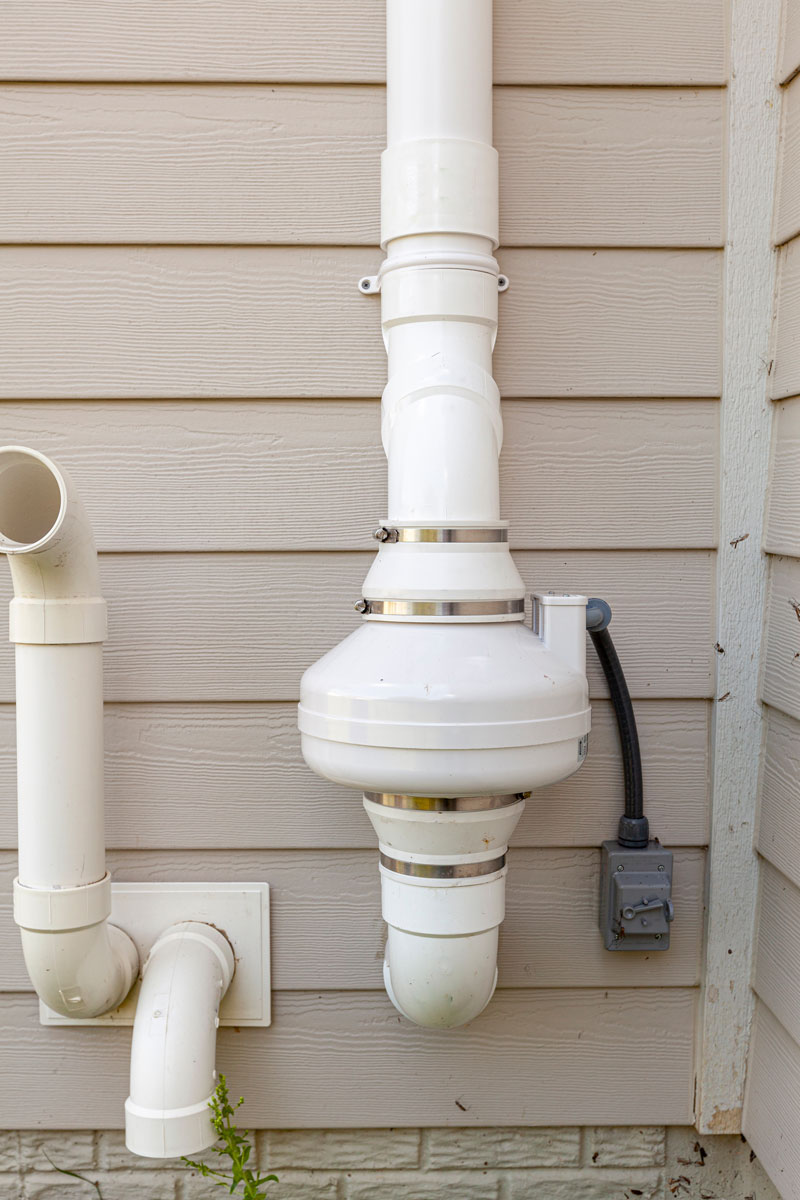
There are two elements to calculate the operating cost of your radon fan. First is the power to run the radon fan, which is the wattage. Then you can plug it into the computer to turn it into a wattage spreadsheet.
Second is the cost of conditioned air, which is brought into the radon system through cracks and openings in the basement floor and released outside. So you should measure the airflow.
Insert a pitot tube into the pipe and let it measure the airflow. Once this step is complete, you can go to the chart and calculate how much air was moving.
How much does radon fan installation cost?
The cost of installing a radon fan depends on the size of your home, the type of fan, and where you live. For example, installing a fan in an attic costs more than installing it in an unfinished basement.
A radon fan installation typically costs around $300 to $1,000 for an average-sized home.
Can you replace a radon fan yourself?
If the bearing in your fan is starting to fail, you can replace it yourself. So instead of listening to the noise, you can try out these techniques to replace a radon fan:
- Turn off the power - Make sure that you turn off the electricity or the basement breaker that controls the fan to avoid risks
- Prepare your tools - You can use a Phillips screwdriver, pliers, and a flat blade screwdriver, including any other suitable tool.
- Proceed to the electrical box - Remove the electrical box's cover, then begin disconnecting the wires. Next, unscrew and remove the radon fan from the pipe using a flat-blade screwdriver.
- Install the new fan - Finally, check and clean the rubber coupler and fan before reassembling the wire as you did from the start.
This video demonstration will show you how to do the steps we have outlined above:
What is a radon manometer?
A radon manometer is a device that detects the presence of radon gas in the environment. It is a tube with a gas-tight metal cap on one end.
The differential pressure between two ends will allow part of the radon gas in the enclosed area to flow into or out of the pipe, depending on which way it is facing.
You can see a hollow U-tube filled with gauge oil and a hollow flex tube attached to the pipe. So if the fan is operating and correctly set, it will raise the fluid column while lowering the opposite side.
Radon Mitigation’s Manometer Readout
The radon vacuum pressure is the amount your mitigation system produces and not the amount of radon in your home.
This system's manometer readout should be between 0.5 and 1.75 inches, but it will depend on the installed type of fans in the system.
There are two ways to find out the radon vacuum pressure. First, you can buy a radon vacuum pressure gauge or water pitcher method, which is quick and easy, but the latter is not as accurate as using a radon vacuum pressure gauge.
The pitcher method involves placing a container of water above the floor and noting the elevation change of the water level over time.
What causes radon levels to fluctuate?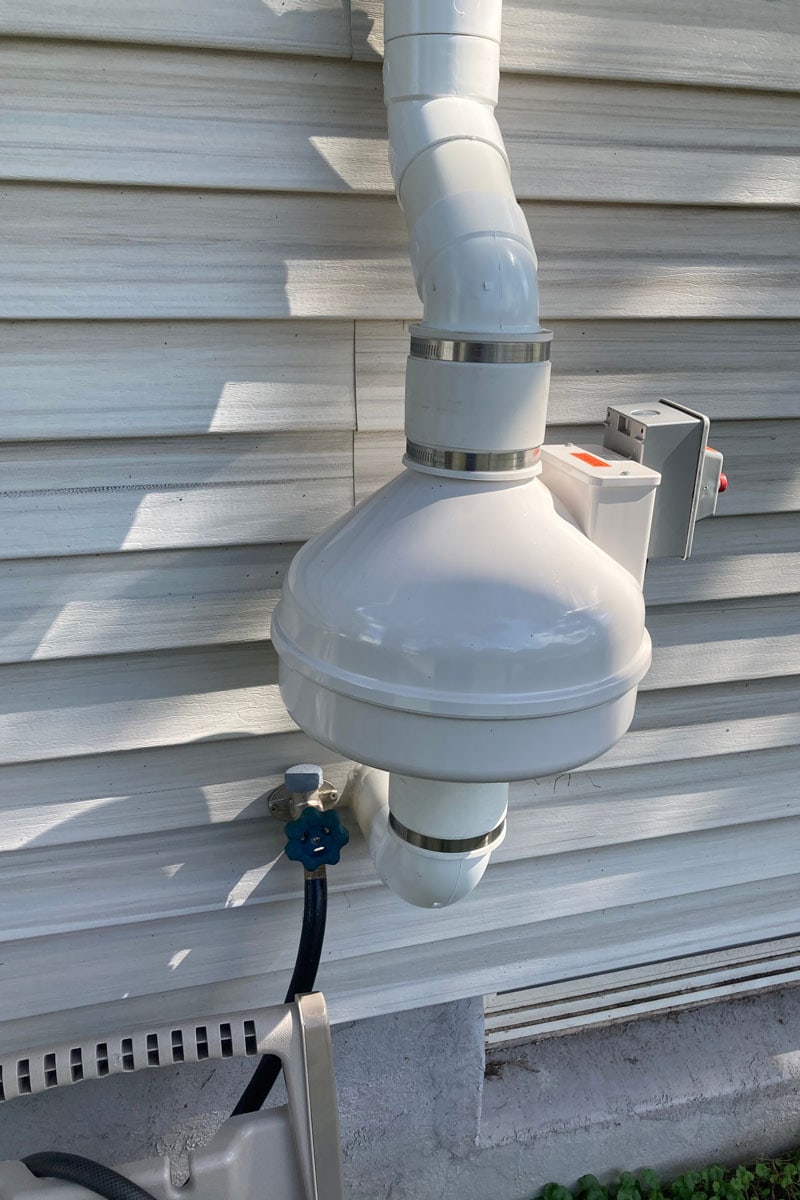
Weather changes cause fluctuation. Some weather events, such as storms and high winds, typically cause radon levels to rise or fall.
In these cases, it can change the pressure differences and the way radon enters your home. However, it fluctuates regularly, with hourly, daily, and monthly changes.
Don't be surprised if you test numerous times and obtain different results. Weather is a common factor that contributes to radon levels, but generally, variations in air pressure within and outside your house affect radon levels.
To Wrap Up

Adding a fan to your passive radon system is an inexpensive way to protect your family from the risks of radon gas. We hope you have learned the how-tos and what you should consider for a safer radon mitigation system.
If you enjoyed this post, here are similar articles you may like:
Does A Radon Fan Require A Dedicated Circuit?

